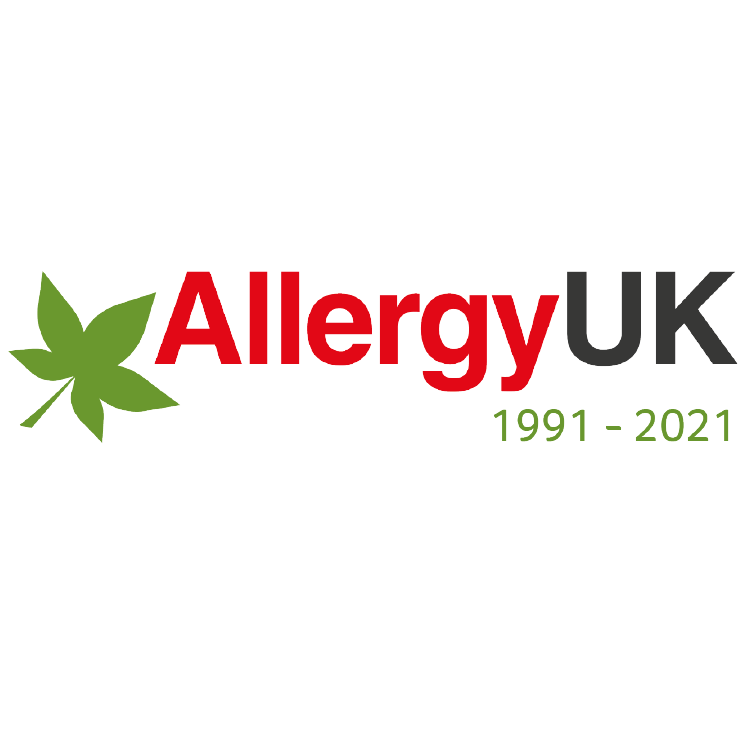Food allergies
The information on this page is based on advice from the Allergy UK website. See below for more information on their organisation.
What are the top 14 food allergens?
There are 14 major food allergens which need to be mentioned (either on a label or through provided information such as menus) when they are used as ingredients in a food product or meal. However you can be allergic to any food substance.
The top 14 food allergens are:
Celery; Cereals containing gluten; Eggs; Fish and shellfish; Lupin; Milk; Mustard; Tree Nuts; Peanuts; Sesame seeds; Soya and Sulphur dioxide (sometimes known as sulphites)
Click on the links above to get an overview of each allergy provied by the registered charity organisation Allergy UK.
What are the symptoms of a food allergy?
Normally food allergy symptoms appear within a few minutes of eating the offending food, although they may be delayed by up to a couple of hours. The symptoms are usually those of ‘classic’ allergy, some of which are listed below:
Gut reactions: Abdominal pain, vomiting, diarrhoea
Skin reactions: Itching and swelling (rash or nettle rash)
Respiratory reactions: Runny nose, sneezing, wheeze, cough
At the bottom of this page you will find our downloadable Food and Symptoms Diary. Use this to track your symptoms to discuss with your GP Surgery.
How can food allergies be managed?
You can find a whole host of useful tips on management and avoidance on our relevant Factsheets below but there are 3 key things to be on top of when it comes to managing a food allergy:
- Identify and avoid the cause (if possible)
- Recognise the symptoms of an allergic reaction by keeping a food diary
- Know what to do if it happens again
If you are concerned that your child has severe allergy, please see Anaphyalxis page for more information
Getting help with a food allergy
For concerns over suspected food allergy symptoms make an appointment with your GP or healthcare professional as soon as possible. If you or your child have a severe allergic reaction then do not delay in getting medical help, call for an ambulance and tell the operator it is anaphylaxis.
Go equipped
Taking photos and/or videos of allergic symptoms can help with a food allergy diagnosis.
Make a note of the following:
This will help your doctor with taking a detailed allergy focused history (information gathering) which is the first step in diagnosing a food allergy and to help decide what type of allergy testing may be helpful. Your GP may need to make a referral to an allergy service for allergy testing to be carried out.
- Suspected food culprit
- Have you eaten this food before?
- How much of the food was eaten? (eg one baby spoon or half a tablespoon)
- Was the food cooked lightly/baked, raw, preserved etc ?
- Ingredients list (keep packaging of a baby food jar/pouch/food packet etc)
- What were the allergic symptoms?
- How soon did symptoms appear? How long did they take to go?
- Was any medication given?
- Did you go to A&E or another healthcare service?
- Were you already unwell at the time of this allergic reaction? Were any other factors involves e.g. happened whist
Allergy UK
Their dedicated Helpline is there for people who need our help and support. Their free Factsheets provide information that is often badly needed to explain the symptoms and triggers that people with allergy are dealing with every day of their lives.
They are the leading national patient charity for people living with all types of allergy. They work with government, professional bodies, healthcare professionals and corporates towards their vision and to help improve the lives of the millions of people with allergic disease.



